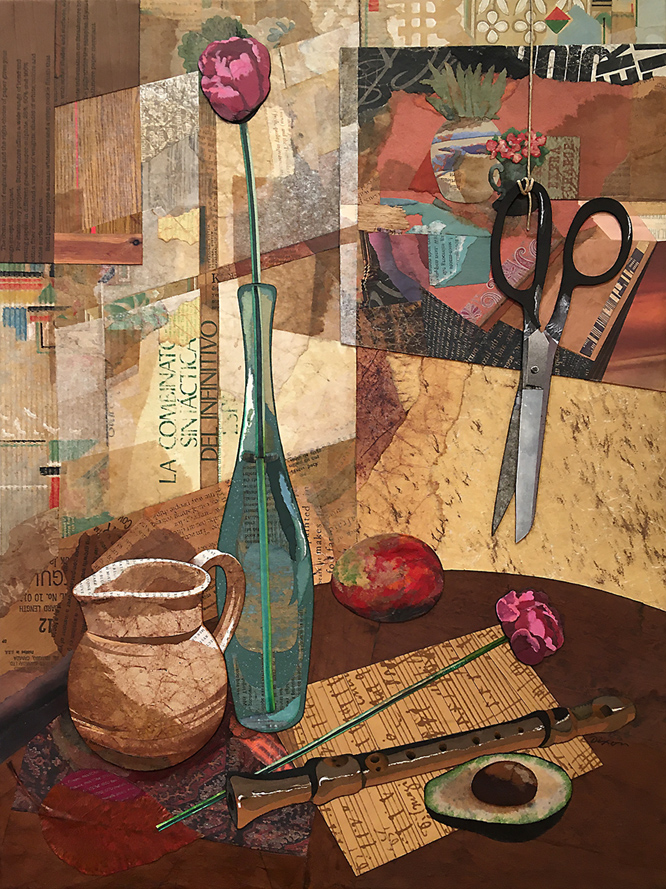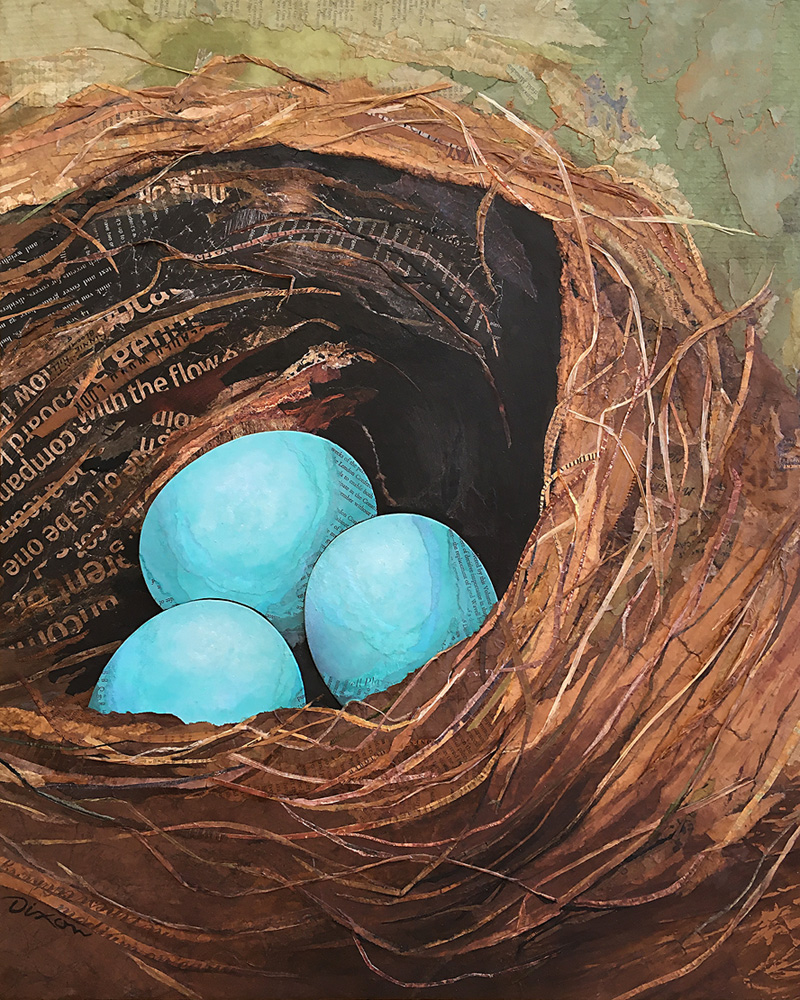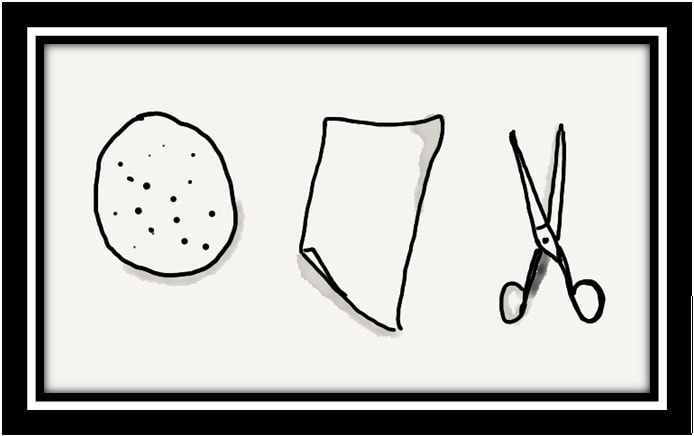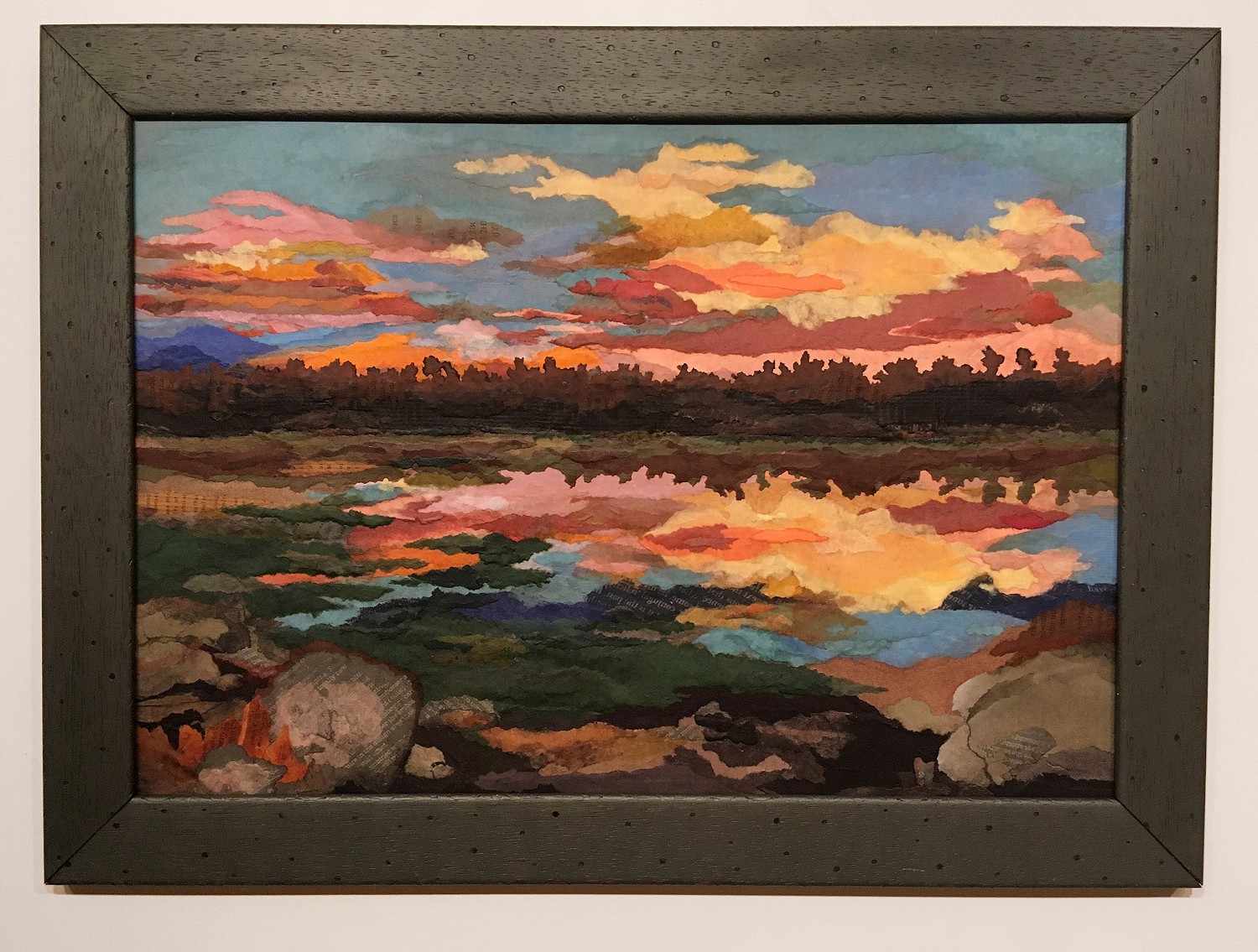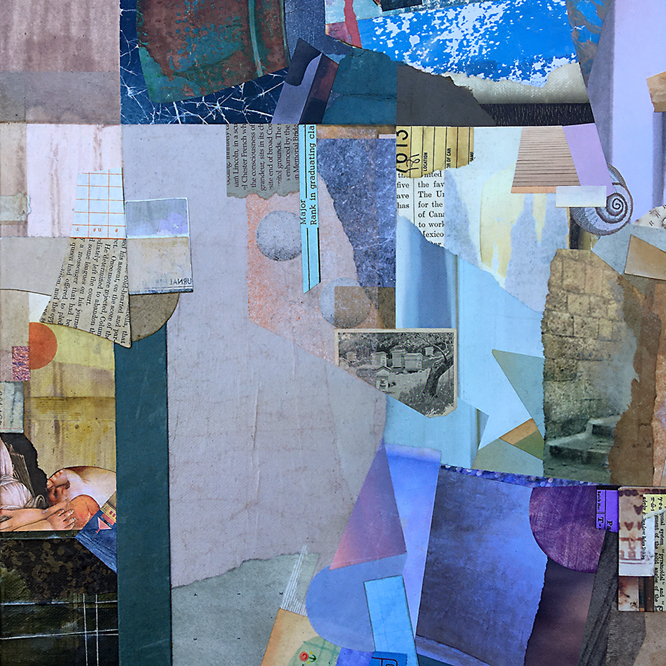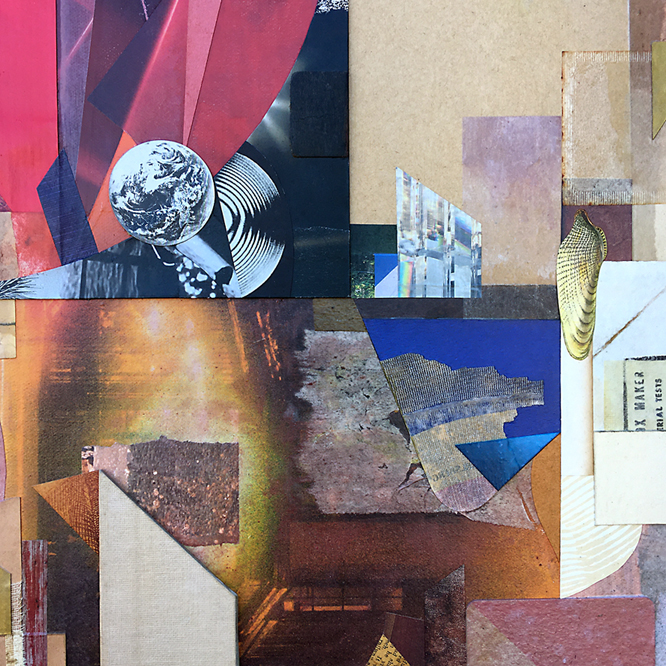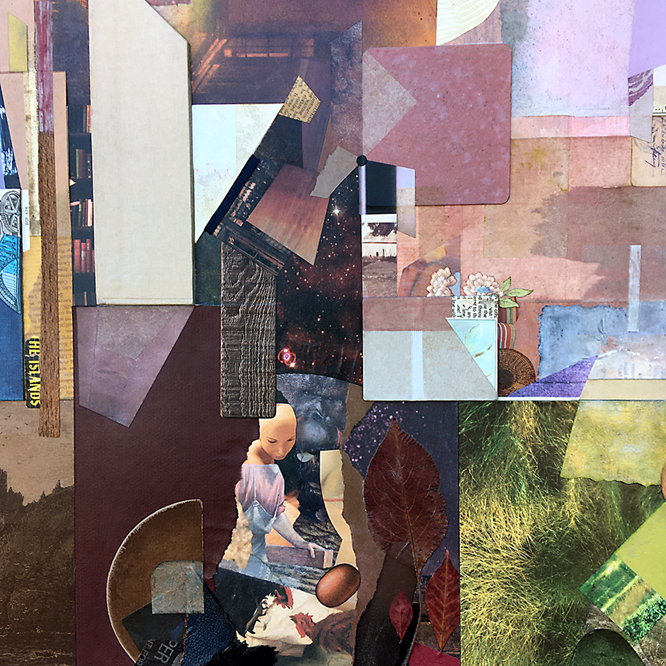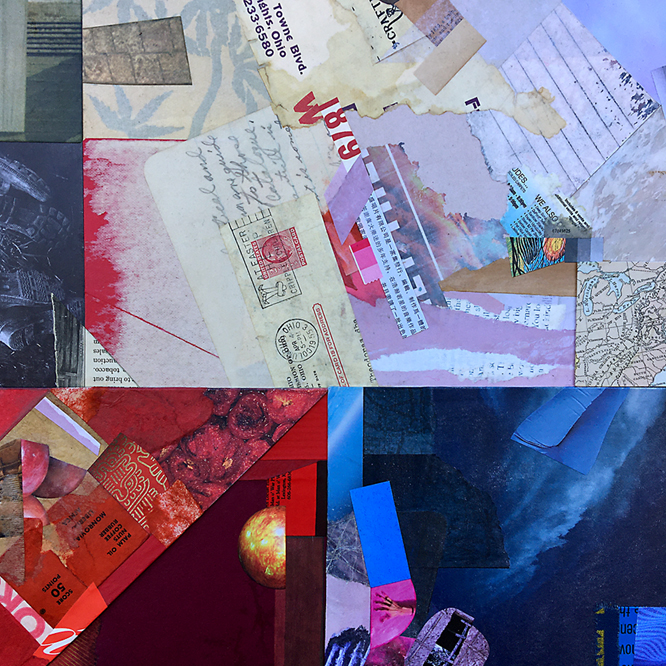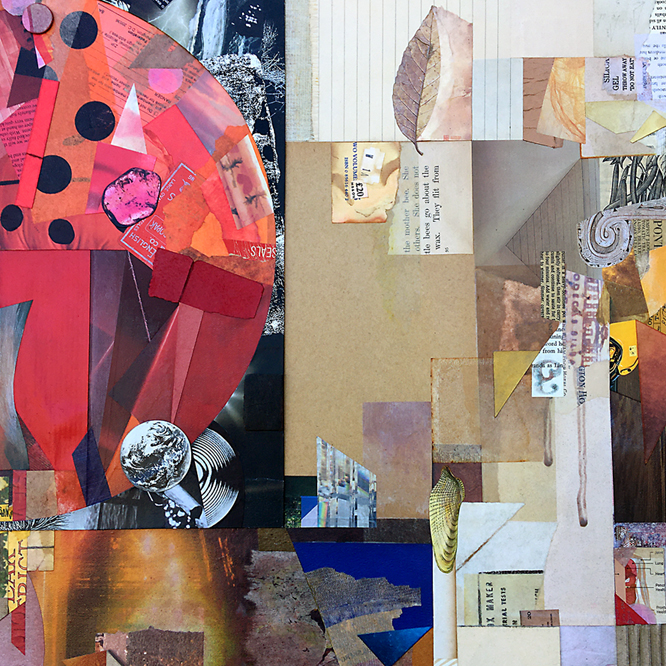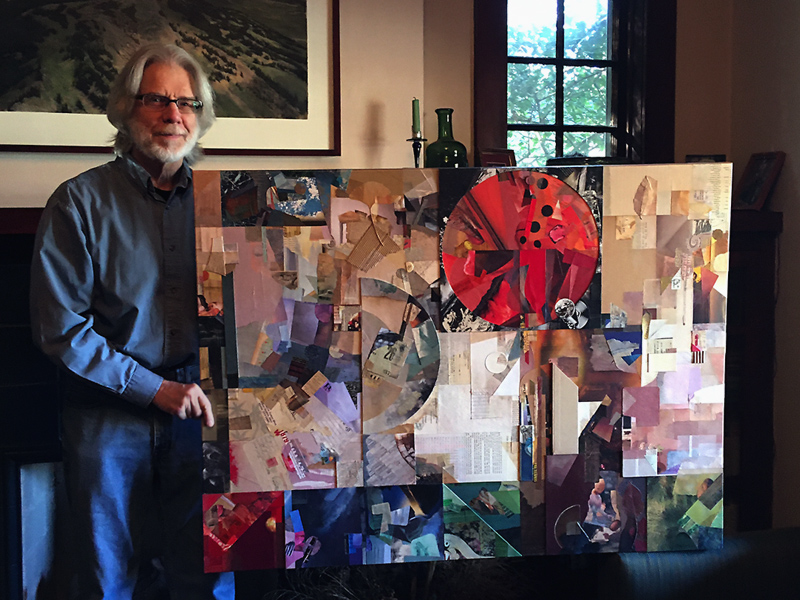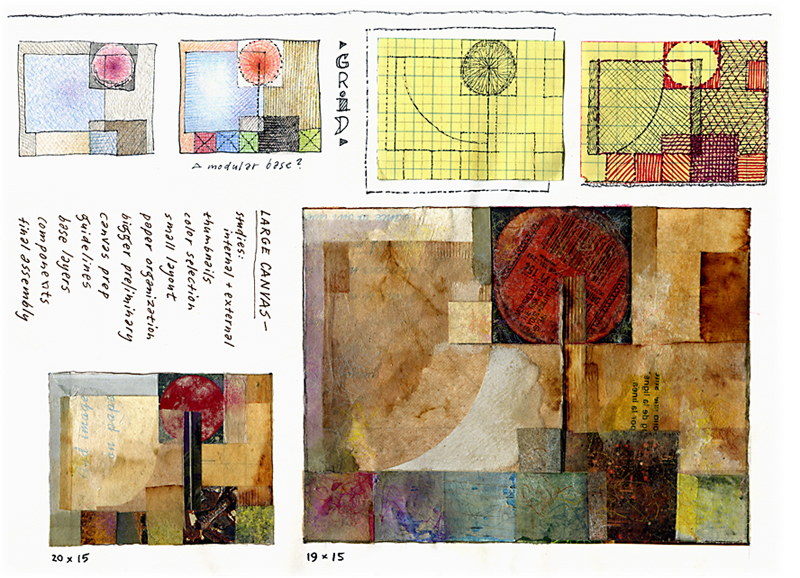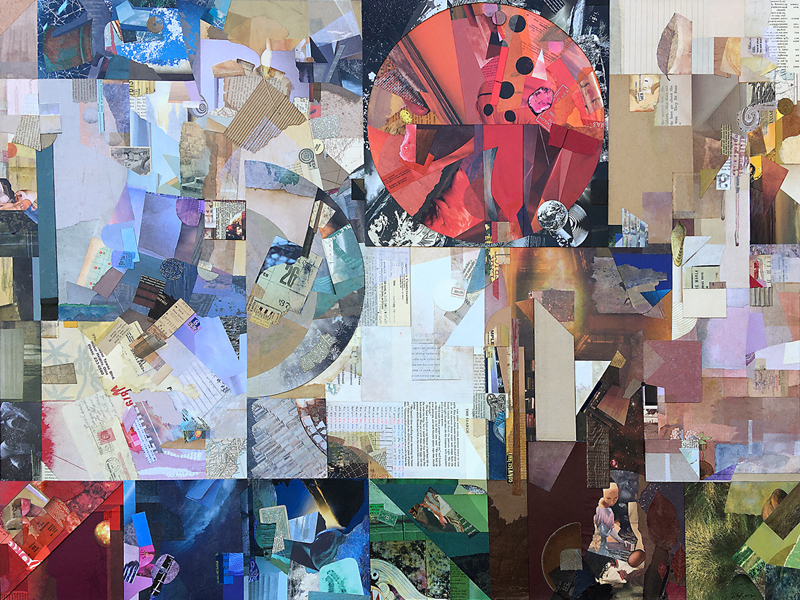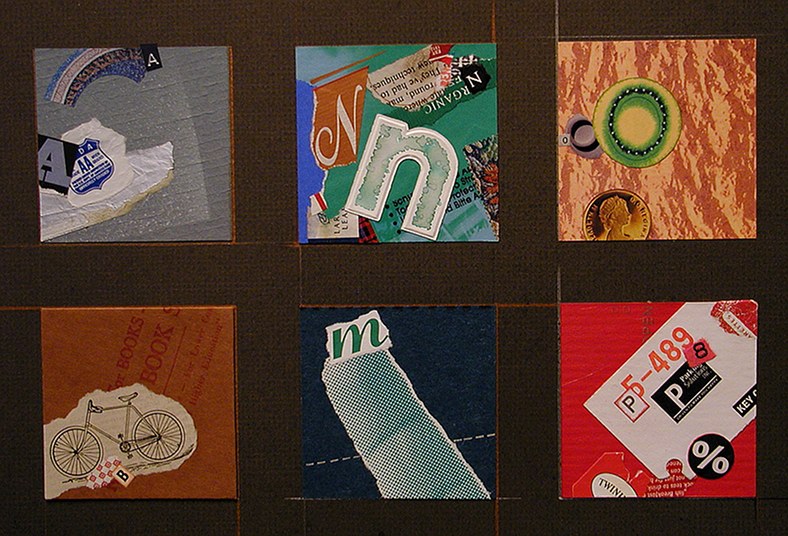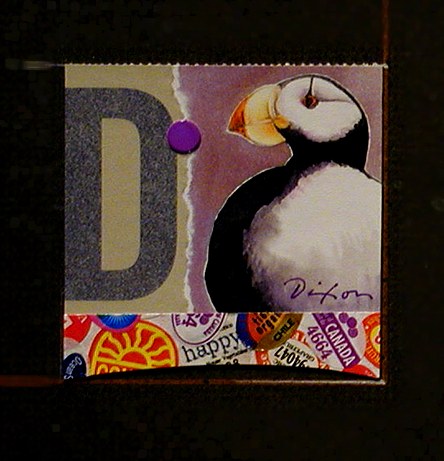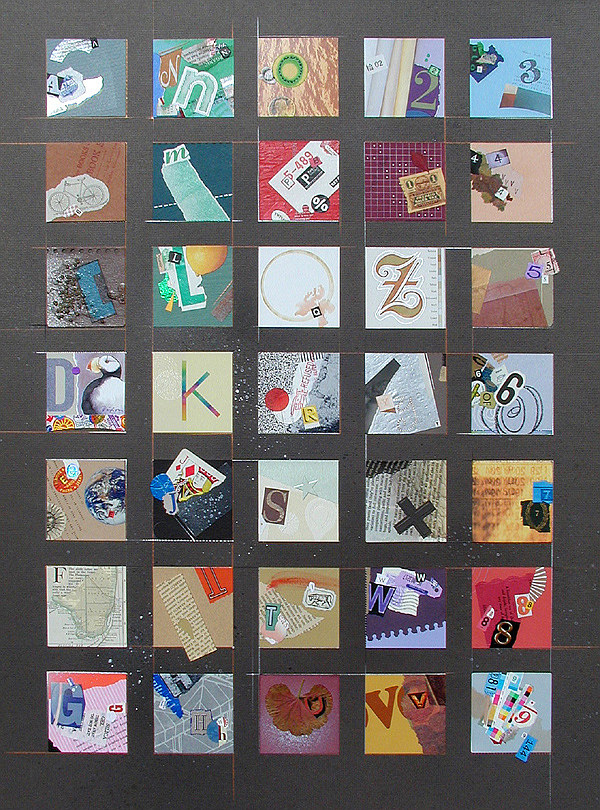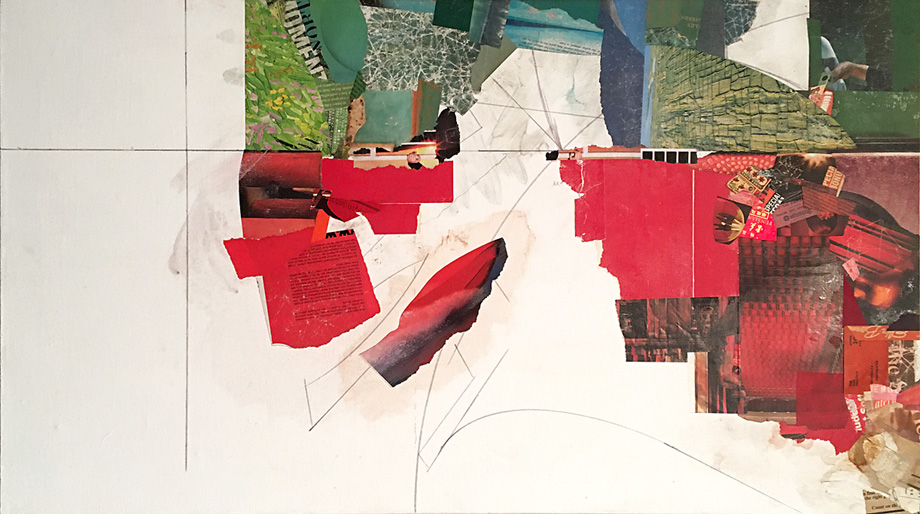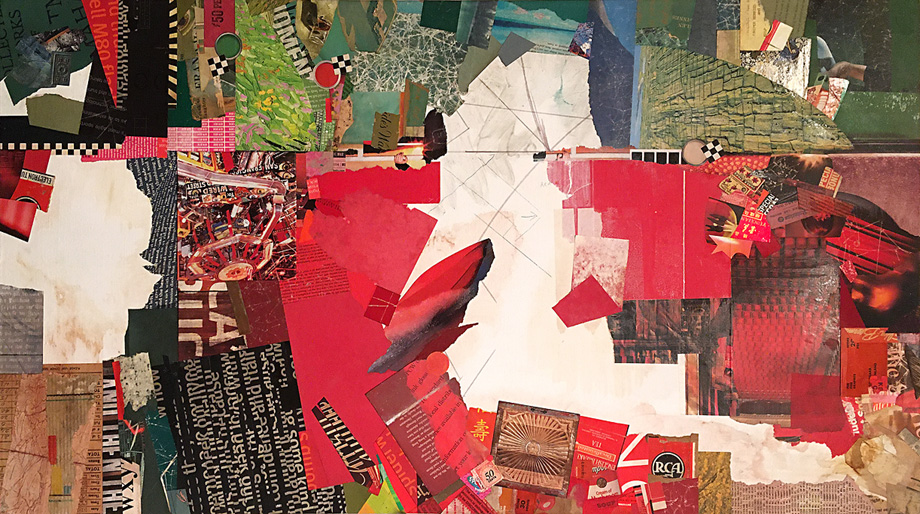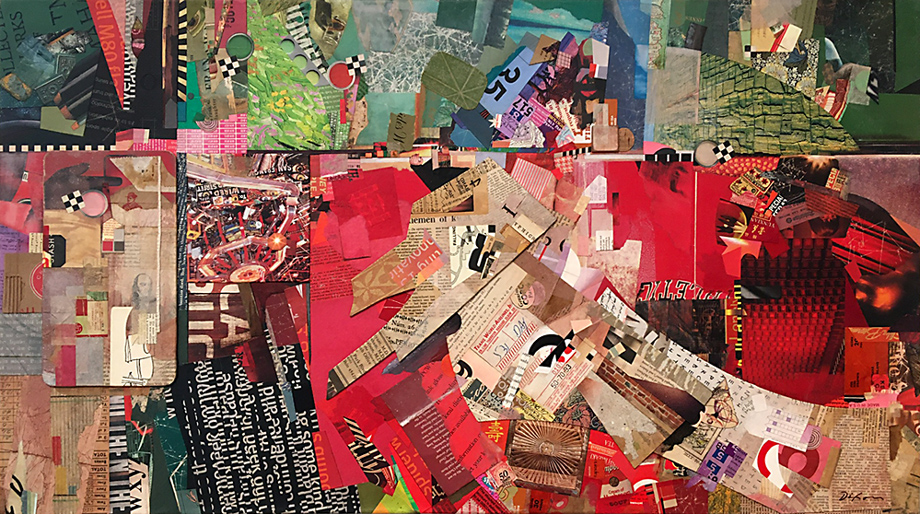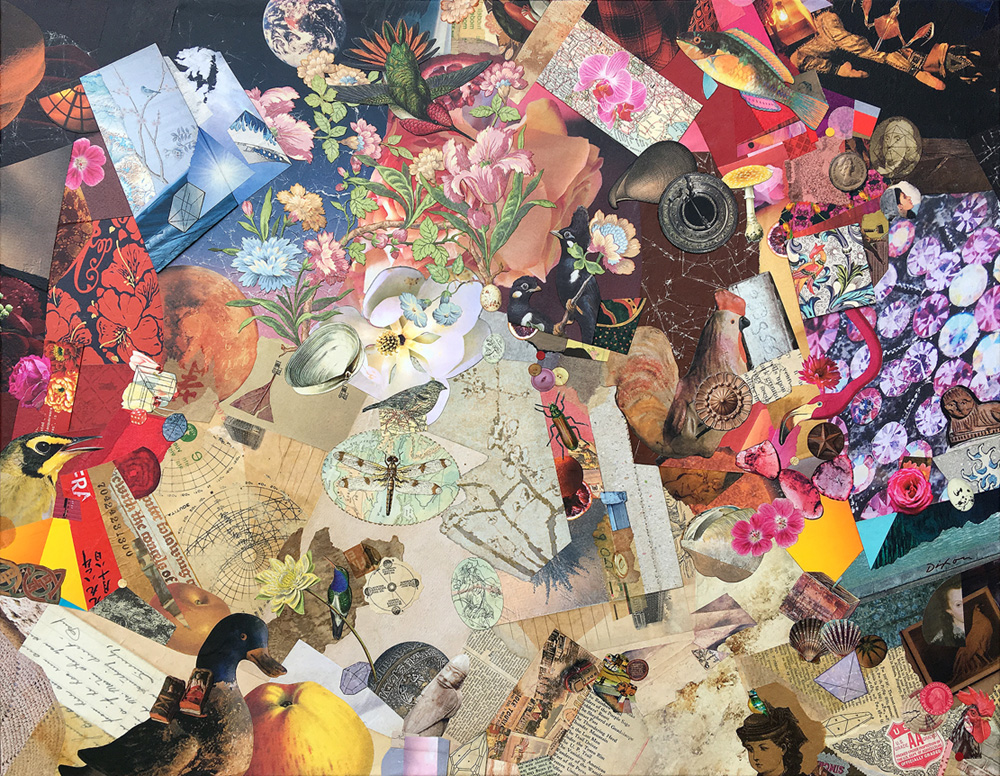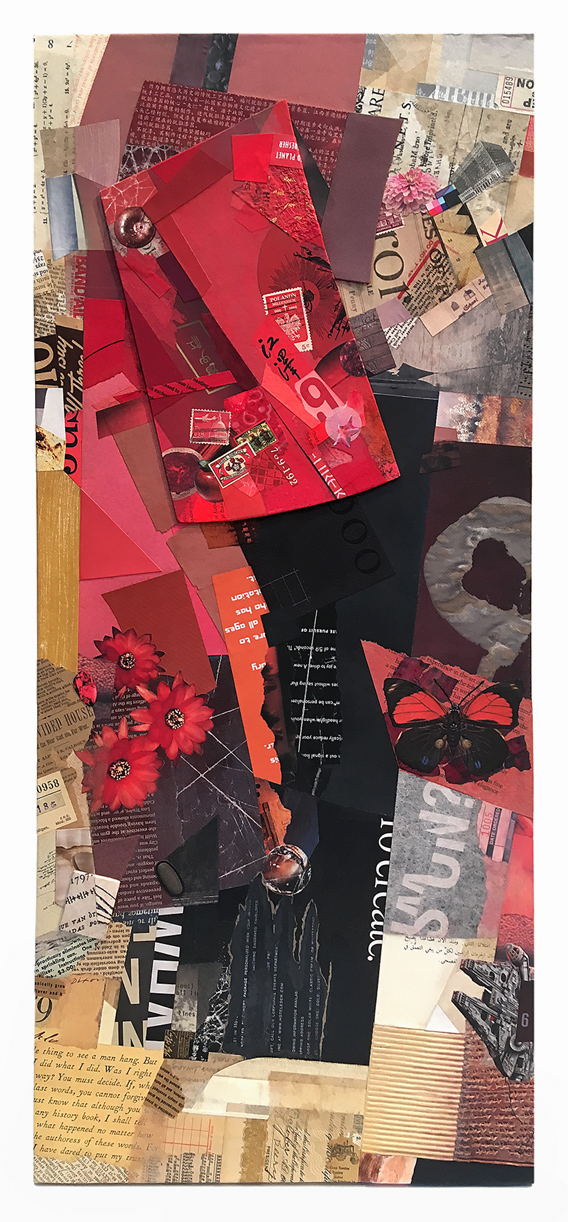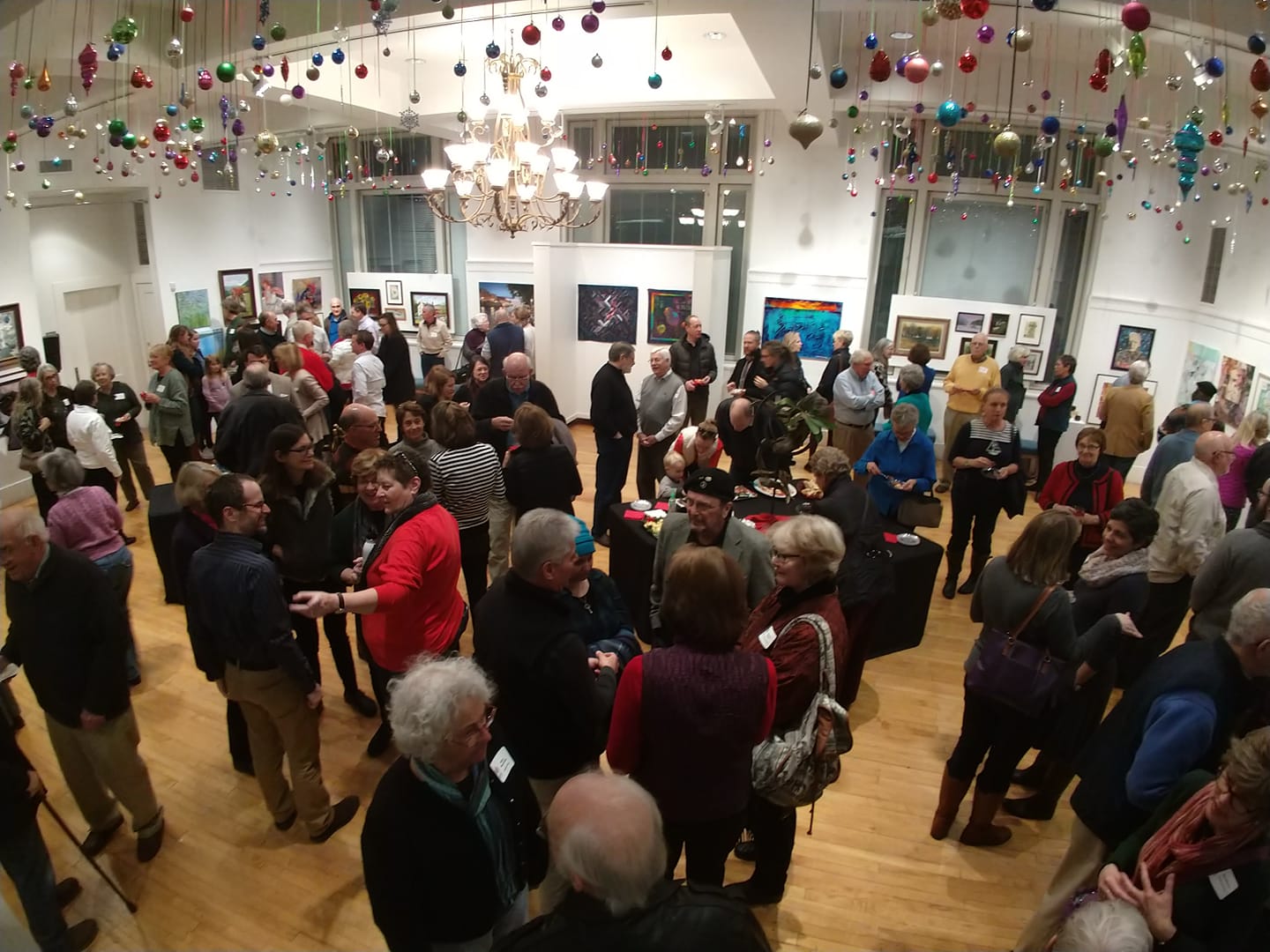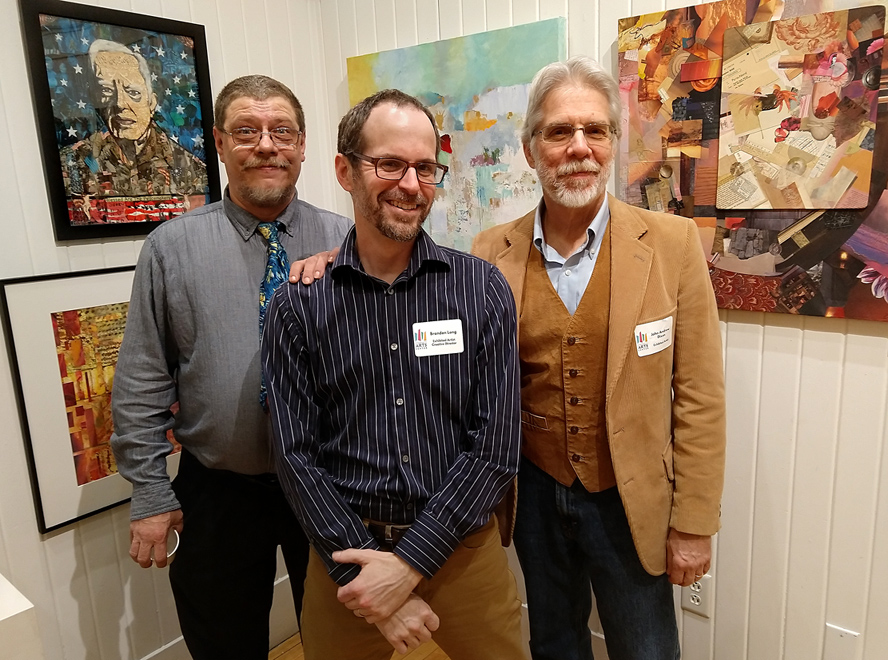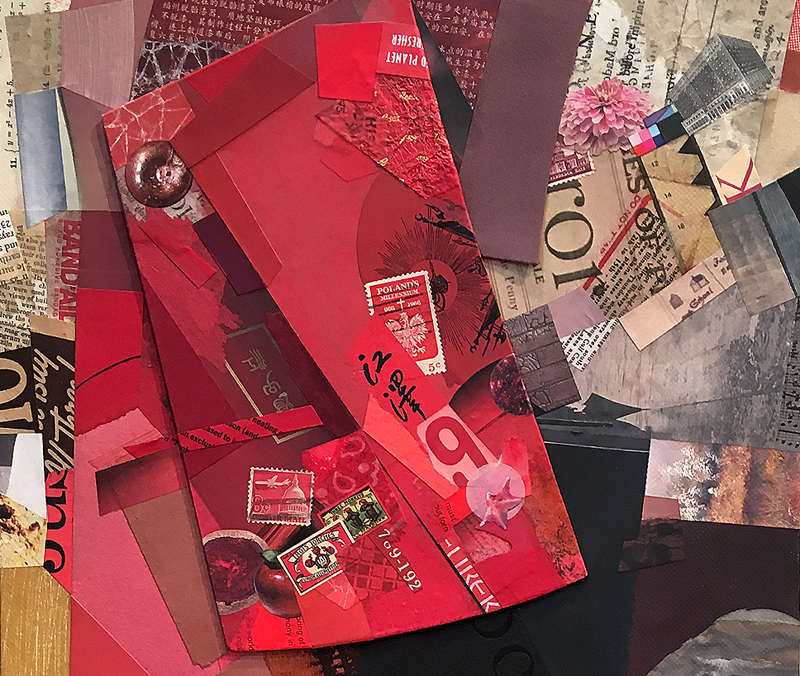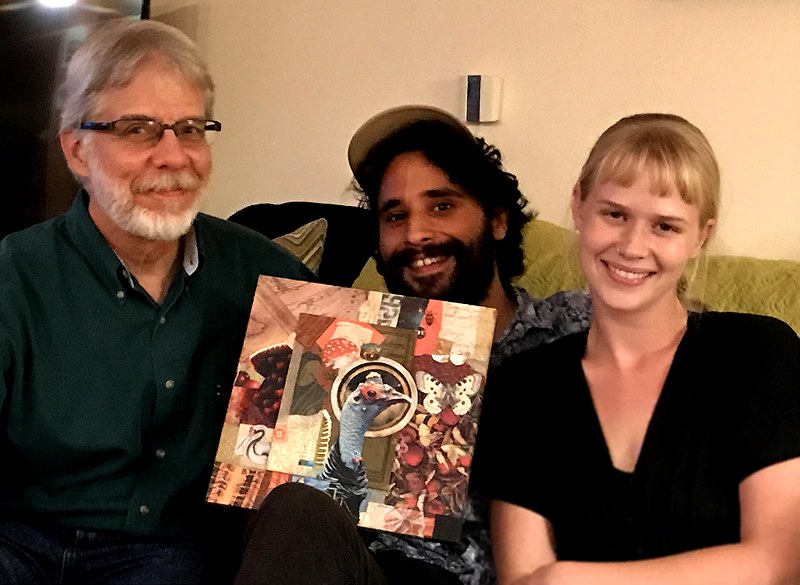“The most interesting paradox of creativity: in order to be habitually creative, you have to know how to prepare to be creative, but good planning alone won’t make your efforts successful; it’s only after you let go of your plans that you can breathe life into your efforts.”
— Twyla Tharp
“You take what you know, you take things you are comfortable with, and you throw them into a situation of new things, of things you are uncomfortable with, and, all of a sudden, new connections happen. And then your goal as a creative must be: of having the skill to carry it home without breaking it.”
— Christoph Niemann
Brandon Long is making a name for himself as an assemblage artist in Kentucky. He manages to juggle this with being a blogger, an active volunteer, and his full-time role as an outstanding family man. On top of that, he holds down a challenging, “multi-hat” position at our local Community Arts Center. This past autumn, his request to exhibit at their annual winter invitational arrived like clockwork: show the public an entirely new work, no jury evaluation, just put something at the leading edge of your creativity on display. There can’t be a single regional artist receiving that call who doesn’t value it as a rare opportunity.
I’d been thinking for much of last year about another immersion into larger works — not always a comfort zone for a self-described “miniaturist.” Add to that several months of recovery from a knee injury which limited my standing time. I reckoned I was overdue for a boost in the scale of my studio work. When it came time to plunge in, I realized it also was the perfect chance to reassess my current methodology. I wanted to explore a way of developing an abstract composition that was different for me. Could I combine and balance both a rational and non-rational process? By now, I had more than a decent foundation in each, but had never fused them in as mindful a manner as I considered possible. 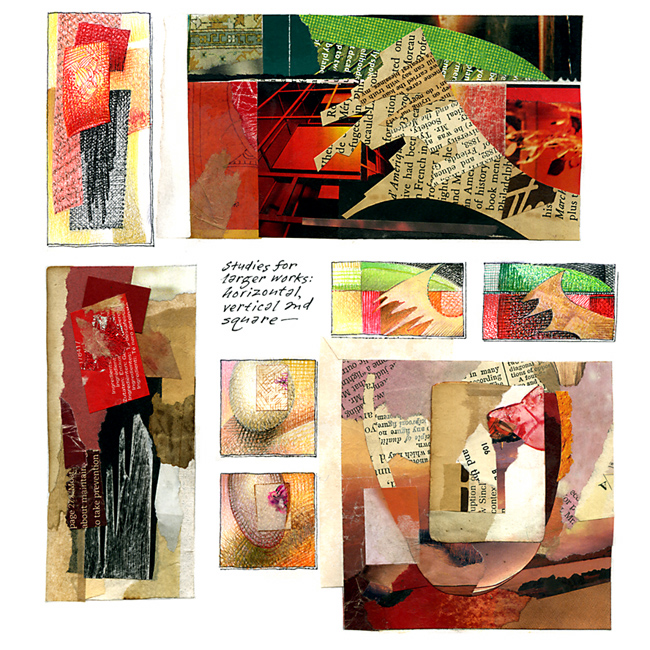 It didn’t turn out to be complicated at all, and yet it was a new approach for me, after more than twelve years as a dedicated collage practitioner.
It didn’t turn out to be complicated at all, and yet it was a new approach for me, after more than twelve years as a dedicated collage practitioner.
Deciding to make three works at horizontal, vertical, and square proportions, I began with thumbnail concepts in my journal, moving from tiny doodles, to color sketches, and from there to rough collage miniatures. The activity was deliberate, but I tried to hold it at an intuitive level. After that, I moved to the typical task of preparing the “stretchers,” although nothing would be fabricated from scratch. I found a nearly fifty-year-old, unpainted canvas in remarkable shape. I stretched Pellon® fabric over a discarded picture frame. I paid almost nothing at a flea market for a castoff “student-esque” painting that needed some reinforcement, its canvas re-stretched, plus lots of primer. 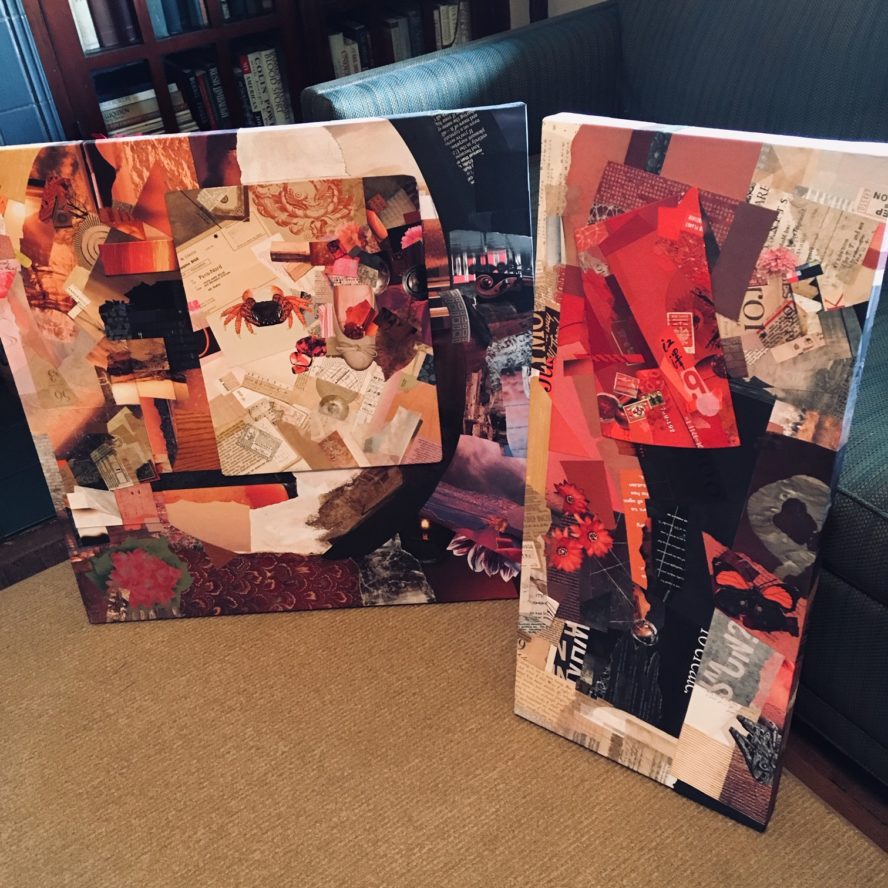 After sorting categories of available paper scrap into flat boxes, I was ready to explode into routine sessions of Merz assembly, with an occasional reference back to my preliminary ideas. When probing to the heart of intuition like this, a collage artist stumbles upon strange dynamics. For instance, there are times when you’ll ignore an emotion that says “this doesn’t belong,” only to press on and discover that it totally “works” with the next layering of ingredients. Perhaps this is more characteristic of collage maximalism than collage minimalism. I would accept that fully, but it’s fascinating to remain aware of the “joust” between whether to trust feelings or trust pure impulse, and to discern the difference. Finally, there came a point when I introduced the hard evaluation of a visual critique, before finishing with intentional refinements — and even that final stage allows for spontaneity.
After sorting categories of available paper scrap into flat boxes, I was ready to explode into routine sessions of Merz assembly, with an occasional reference back to my preliminary ideas. When probing to the heart of intuition like this, a collage artist stumbles upon strange dynamics. For instance, there are times when you’ll ignore an emotion that says “this doesn’t belong,” only to press on and discover that it totally “works” with the next layering of ingredients. Perhaps this is more characteristic of collage maximalism than collage minimalism. I would accept that fully, but it’s fascinating to remain aware of the “joust” between whether to trust feelings or trust pure impulse, and to discern the difference. Finally, there came a point when I introduced the hard evaluation of a visual critique, before finishing with intentional refinements — and even that final stage allows for spontaneity.
It’s not always easy to know when a piece is done, and maybe it never really is. Eventually, an artist has to claim victory and sign the damn thing. I ended up delivering two works to the Center for the “New Year New Art” show, and let Brandon pick one that fit best. It was the square, the one I called Harmonic Squall.
Please give these four details your scrutiny. Let me know what you think, and, if you find yourself in the area, attend our opening reception this Friday evening. It’s always the first good party after New Year’s Eve!
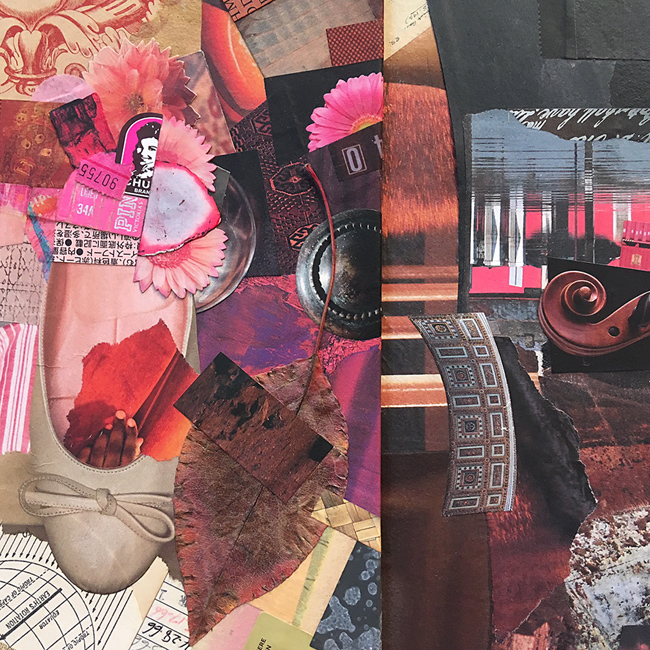

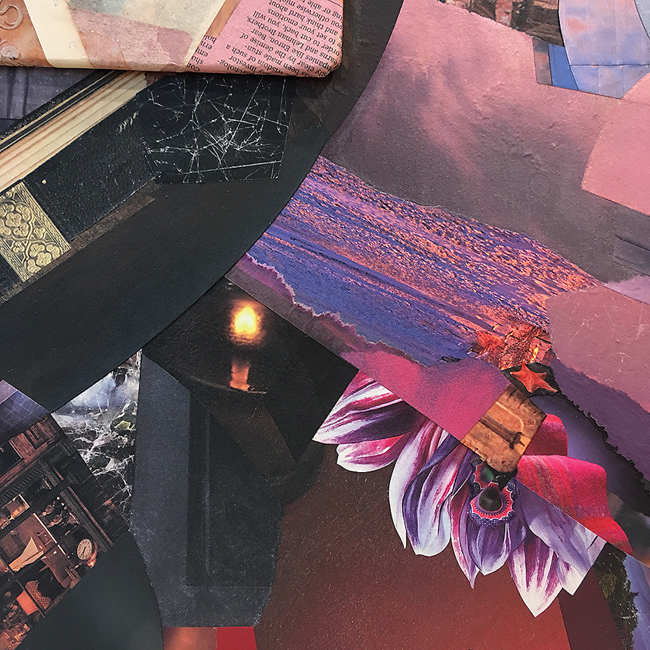

four
details
from
Harmonic
Squall
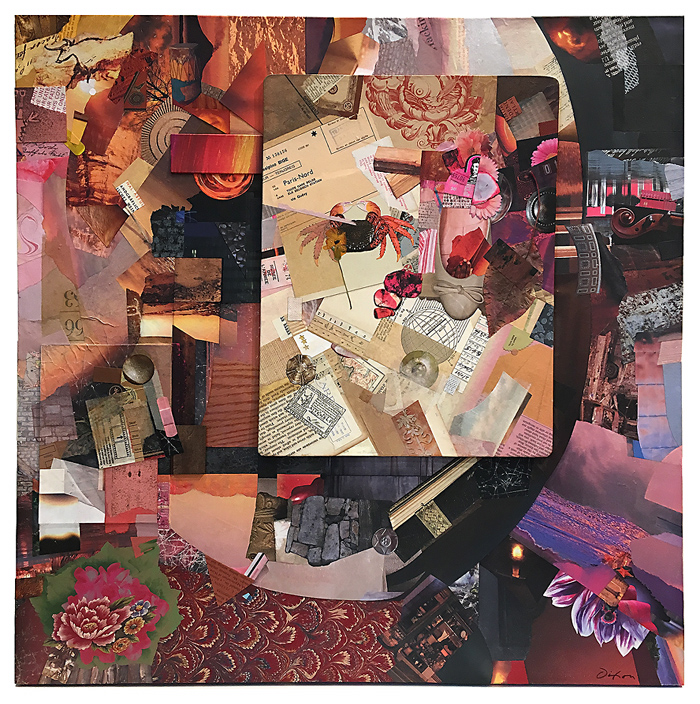
Harmonic Squall
collage on recycled canvas by J A Dixon
26 x 26 inches
available for purchase
Purchase this artwork.
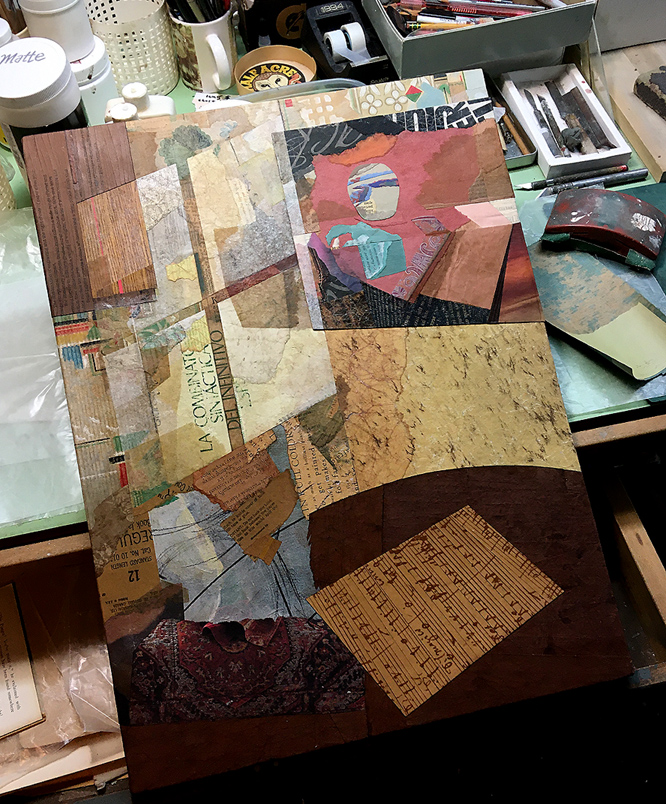 The honor came as a surprise, since I don’t consider myself a practitioner or student of still life as an art form. I have, however, looked deeply at artwork made by Sheldon and those who are. The arms-length quality of modern still life has compelled my close scrutiny for many years. Given that influence, I brought to the genre what I’ve discovered by “painting in papers” from direct observation (the long sweep of art history hovering somewhere outside my conscious awareness, with its rich tradition of artists tackling visual cornacopias of objects and edible fare). I decided to interpret a tabletop group of objects from raw material, rather than assemble a conventional collage composition from found images.
The honor came as a surprise, since I don’t consider myself a practitioner or student of still life as an art form. I have, however, looked deeply at artwork made by Sheldon and those who are. The arms-length quality of modern still life has compelled my close scrutiny for many years. Given that influence, I brought to the genre what I’ve discovered by “painting in papers” from direct observation (the long sweep of art history hovering somewhere outside my conscious awareness, with its rich tradition of artists tackling visual cornacopias of objects and edible fare). I decided to interpret a tabletop group of objects from raw material, rather than assemble a conventional collage composition from found images.